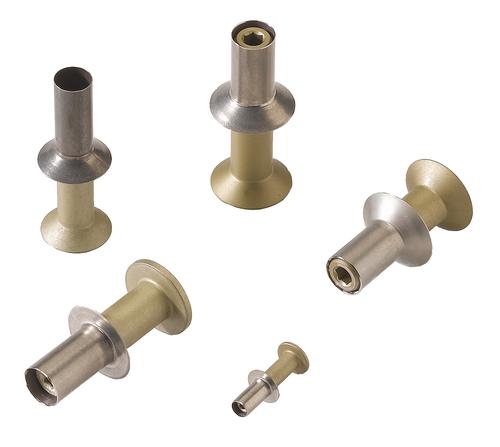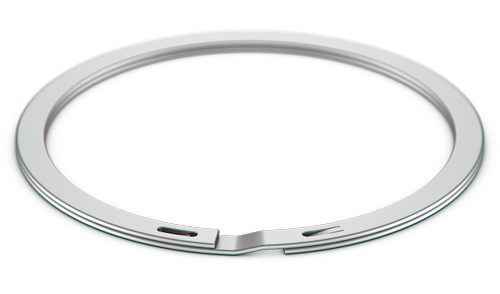Aerospace Fastener Designs Get Smarter and Tougher
Mixing composites and metals in aerospace structures, as well as the general demand for lighter-weight commercial planes, pose challenges for all types of fasteners used in aircraft and spacecraft.
January 6, 2016
A truly wide variety of fasteners are available for aerospace applications, especially airplane component designs. While many new fastener types continue to be developed for metallic aircraft and spacecraft structures, the most significant ongoing trend in fastening systems is their role in joining multiple lightweight materials together.
The rise of multiple materials, which has posed one of the biggest challenges to aircraft fastening systems, is directly tied to lightweighting aircraft designs. For lightweight metals, such as aluminum, a number of different fastener inserts can be used. But when composites are involved, new types of fasteners must be created.
In aircraft fastening systems, the biggest challenge has been the move from metallics to composites, said Bob Gurrola, manager of custom applications engineering for aerospace fastener industry leader Alcoa Fastening Systems & Rings. One of the biggest potential problems with composite structures on aircraft is protection against lightning strikes.

In multi-material aircraft, fasteners must do what composite aircraft structures can't: safely handle energy from lightning strikes. The Flite-Tite pin fastening system provides solid mechanical and electrical contact with the composites, so electricity can flow better, dissipating harmlessly over the structure's surface. Shown here is the conventional threaded version.
(Source: Alcoa Fastening Systems & Rings)
On metallic aircraft, aluminum is a good conductor of electricity. If the aircraft is struck by lightning, energy is dissipated throughout the structure. Most of the time it's dissipated harmlessly, and when it's not, at worst only minor repairs are needed.
However, composites are insulators more than conductors. There are some non-metallic fasteners for some non-structural composite parts, but for a primary load-carrying composite structure, aircraft fasteners are still made of titanium. In joining aluminum structures, the aluminum, not the fastening system, is the primary path of conduction. But on a composite structure, the fasteners become the primary path of conduction.
"Instead of spreading quickly, energy mostly stays localized, so it heats a structure to incredibly high temperatures in a very short time," said Gurrola. "That energy tries to find the path of least resistance. If it goes into the fuel tank area on the wing and there's a spark, that could be catastrophic. This is not likely or probable, but it is possible."

Self-locking retaining rings are often used in applications with high-speed rotational requirements. A tab and slot locks when the ring is installed, and this can be added to both internal and external rings.
(Source: Smalley)
The challenge is complicated by the fact that, unlike metallics, composites are sensitive to damage caused by delamination. This can occur when the fastener is pushed into the hole. That action causes interlaminar forces, which tend to separate the composite material. "That means you don't have a tight fit of the fastener in its hole, and that doesn't make a good electrical connection," said Gurrola. "If there's a lightning strike, the energy in the fastener can't dissipate through the material, or if it is conducted through the structure, it can't pass through the fastener."
Alcoa's Flite-Tite pin fastening system was developed specifically for this purpose. It uses a stainless-steel or titanium sleeve to develop an interference fit without delaminating the composite, because the sleeve expands radially instead of expanding down into the hole. It also provides the grounding needed throughout the composite structure.
About the Author(s)
You May Also Like



